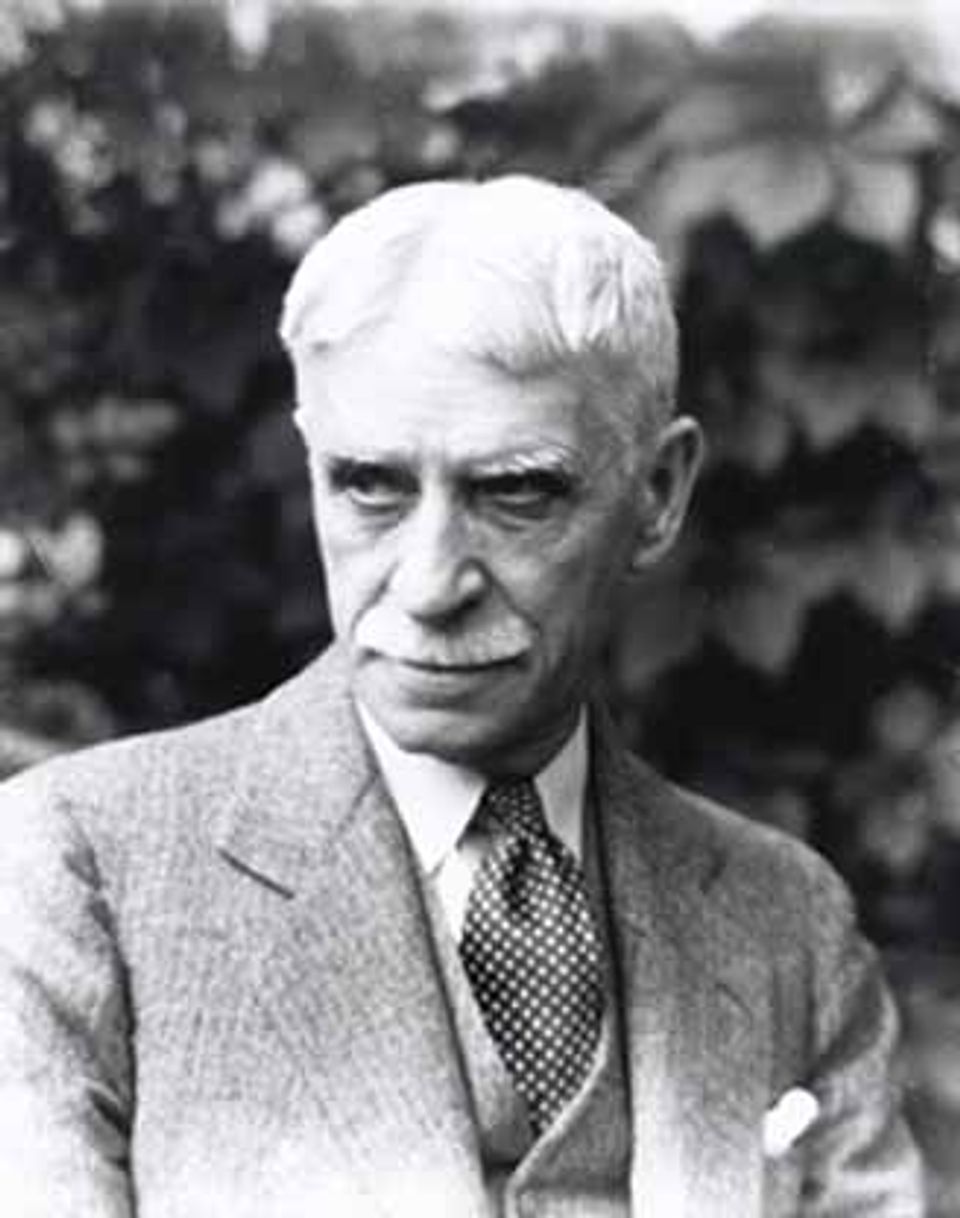Artist Biography
Son of an ornamental designer, Bruce Crane graduated from a public school in New York City and, between 1875 and 1877, worked in a New York architect's office. In 1879 he began studying under Alexander H. Wyant in New York City, later continuing his studies in Europe. Crane exhibited at the National Academy of Design in 1879 and thereafter contributed regularly to the Academy, which elected him an associate in 1889 and a full academician in 1901. One of the most prolific prizewinners of his generation, Crane received honors including the Webb Prize of 1897 from the Society of American Artists, and medals at the International Exposition of 1904 in Saint Louis, and the National Academy of Design's exhibition of 1912. He belonged to the Lyme Art Association and spent many summers after 1900 at Old Lyme, Connecticut. For the last twenty-three years of his life, he maintained a residence in Bronxville, New York.
Crane was at his best and most typical in simply designed views of the russet and gray fields of late autumn or early winter. He was much admired by J. F. Murphy, to whom he was frequently compared. After examining a "large gray-hillside" by Crane [quite possibly December Uplands, (Smithsonian American Art Museum)] in a Lotos Club exhibition of the Evans Collection, the painter John Francis Murphy called it "the best landscape in the room." Never one to emphasize the unusual in nature, Crane preferred to evoke, as Frederic Sherman noted in 1926, "intimations of mood and emotion that stir one mildly."
Peter Bermingham American Art in the Barbizon Mood (Washington, D.C.: National Collection of Fine Arts and Smithsonian Institution Press, 1975)














